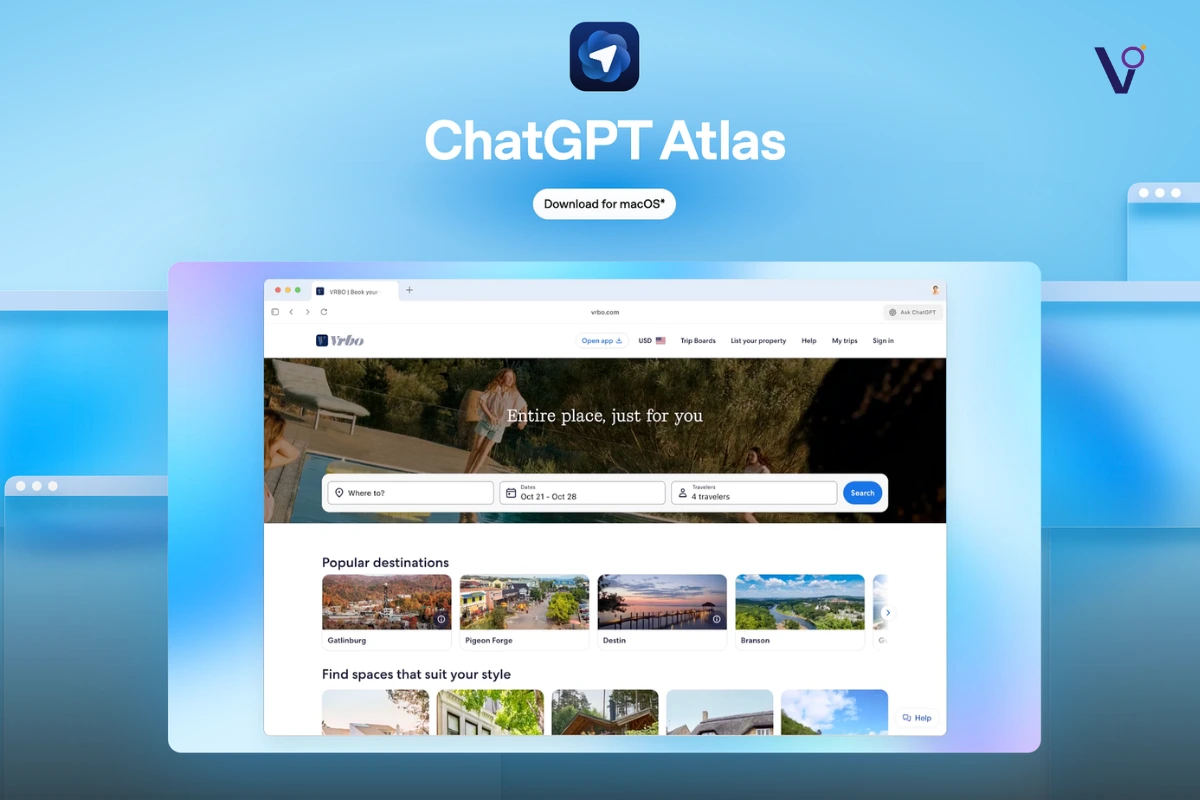So, here’s a wild fact — while most of us are busy scrolling through vertical videos and bingeing on content, Nvidia quietly became the most valuable company in the world. Not Apple. Not Microsoft. Nvidia. Yes, the same company that made graphics cards for gaming is now running the show in AI and global tech. But how did that happen? A huge part of it lies in the bold Nvidia marketing strategy that positioned the company far ahead of its competition—not just in tech, but in perception and dominance.
Let’s rewind.
From a Diner to Dominating the World
It all started in a Denny’s diner in San Jose, where Nvidia’s CEO and co-founder Jensen Huang had a vision — to build super-advanced computer chips. And that’s exactly what he did. Nvidia began by creating GPUs (graphics processing units) for video games. What no one realized back then was that these same GPUs would turn out to be perfect for running artificial intelligence systems.
Fast forward to the AI boom, and suddenly, everyone needs those GPUs to train models like ChatGPT. And guess who was already miles ahead in making them? Yep — Nvidia. The company didn’t just strike gold — it basically became the gold mine.
It’s Not Just Chips
Here’s what makes Nvidia different. It doesn’t just sell chips. It sells the entire package — chips, software, systems, and support — everything. If you want to run serious AI, chances are you need Nvidia. It’s like they’re not just selling hammers; they’re selling the whole toolbox and showing you how to build the house.
This model made them indispensable. And when ChatGPT took off, Nvidia’s value exploded. In just one day in May 2023, it added over $200 billion to its market value. And in two years, the stock rose over 900%. That’s how it went from just another chipmaker to the company behind the AI revolution.
Huang’s Hype Train: Genius or Growing Risk?
Now, Nvidia has built a kind of cult following. Fans write poems about the company. They worship Jensen Huang. At tech events, people literally ask him to sign laptops, sneakers — even foreheads. It’s kind of wild. But it’s also a reflection of how deeply people believe Nvidia is shaping the future.

But with all this love and hype come the red flags. There are real concerns underneath the excitement.
First, Nvidia is heavily dependent on a single manufacturer: TSMC (Taiwan Semiconductor Manufacturing Company). Nearly 99% of all AI chips come from this one company in Taiwan. With rising tensions between China and Taiwan, that’s a risky spot to be in. If anything disrupts that supply chain, the entire AI world — and Nvidia’s empire — could take a hit.
Then there’s the pricing. Nvidia makes chips for around $3,000 and sells them for $25,000. That kind of margin is raising antitrust eyebrows. Regulators in the US, Europe, and China have started asking questions. Is Nvidia becoming too powerful? Is it fair? Those are the kinds of questions that led to action against tech giants like Microsoft and Google in the past.
Nvidia AI Power Consumption

Another big issue? Energy. All this AI? It takes massive power to run. Data centers packed with Nvidia chips are consuming electricity on a city-wide scale. Local power grids are feeling the pressure. In some places, the demand is so high it’s starting to mess with regular power use — even household appliances are affected.
The only way out might be clean energy. But in countries like the US, building enough clean energy — especially nuclear — is tough, slow, and expensive.
And here’s the final twist: what if all this AI doesn’t turn out to be useful? Sure, ChatGPT and tools like it are cool. But are they game-changing? Are they solving real problems for the average person yet? Critics are skeptical. Some are even saying the AI boom might be running more on hype than real long-term demand. If that’s true, and no “killer app” shows up, Nvidia could crash just as hard as it soared.
Nvidia Marketing Strategy
Let’s take a look at how Nvidia marketing strategy worked in their favor so well that it became essential to the AI revolution.
Here’s what they did right:
1. They Educated the Market Before It Existed
Before AI became a household buzzword, Nvidia was already hosting developer conferences (like GTC), creating deep learning tools, and showing tech companies why GPUs mattered beyond gaming. They weren’t just waiting for AI to happen — they were paving the road for it.
2. Positioning Themselves as the Infrastructure Layer
Instead of competing in flashy applications like chatbots or robots, Nvidia chose a smarter path — to be the foundation of everything AI. So, while everyone else was building apps, Nvidia was selling the shovels in the gold rush.
And guess what? In any gold rush, it’s the shovel-makers who get rich.
3. Strategic Partnerships with Big Tech
Nvidia locked in partnerships with Amazon, Microsoft, Meta, and Google — the biggest AI players. These cloud providers started offering “Nvidia-powered” AI services, making Nvidia’s name synonymous with cutting-edge AI. Now, even non-tech companies wanted in.
Their marketing wasn’t about flashy ads — it was about authority, credibility, and community. They made themselves not just useful but irreplaceable.
So What Now?
Well, Nvidia’s success is no accident. The company makes real products. It’s not all vaporware. The revenue is real. The demand — at least for now — is off the charts. But still, it’s walking a tightrope.
It has the power. It has the market. But it also has big risks: overreliance on one supplier, rising competition (hello, AMD, Intel, Google, and Amazon), potential regulation, and the very real strain on our planet.
Whether Nvidia continues to dominate or ends up as another cautionary tech tale — that’s something the whole world is watching closely.
Nvidia’s marketing strategy focuses on dominance through ecosystem selling — offering chips, software, and support — making itself essential for AI development and staying far ahead of competitors.
Yes, Nvidia has a strong marketing team that amplifies the brand’s vision, aligns with tech trends, and plays a vital role in its AI-first, systems-based communication strategy.
Nvidia is publicly traded, but visionary co-founder Jensen Huang leads it. His leadership and strategy are central to its rapid rise in AI and tech dominance.



